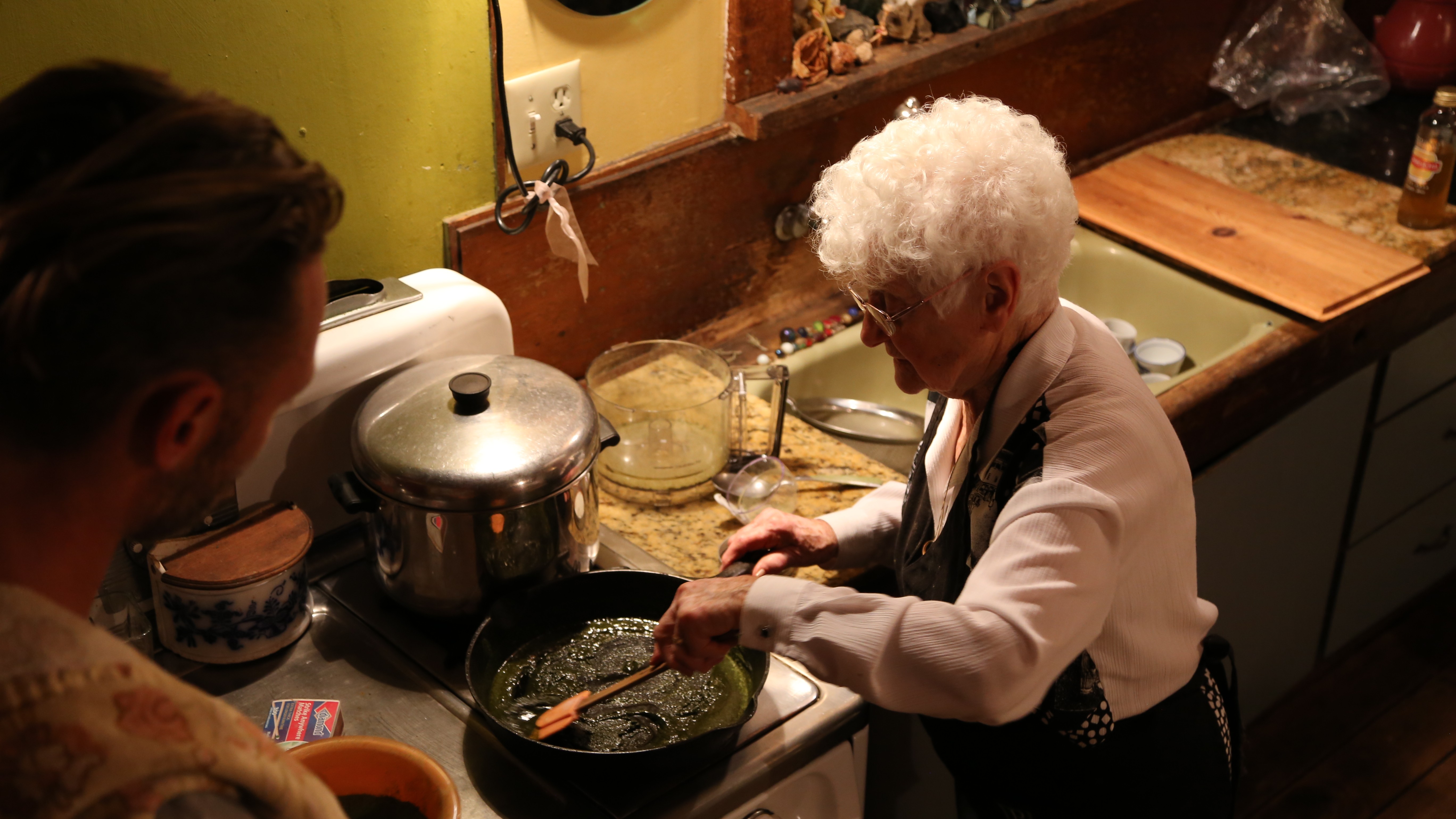They have cognac in France, whisky in Scotland and Italians drink grappa. In Finland, there is viina.The Finnish word for booze is viina, and it refers to all distilled spirits. We don’t drink “vodka” in Finland. I mean, we do drink it, but we mostly just call it viina. Simply put, all vodka is viina, but not all viina is vodka.
Best served ice-cold.
Koskenkorva, or Kossu, is currently the most popular viina in Finland. It’s produced by Altia, a state-owned wine and spirits company. The drink itself is something so profoundly Finnish that it’s hard to imagine what Finland would look like without it. And not necessarily because drinking is inherent to Finnish culture, which is both a stereotype and true. It’s also because the factory that bottles it had a chill little sideline making Molotov cocktails that many credit with holding the line against Soviet invasion in 1939.
Advertisement
Desperate times called for desperate measures. Finland was facing an army of a million men with a ridiculous amount of firepower. The Soviets had approximately 3000 tanks, while Finland had 32 and virtually no anti-tank weapons. Firebombs worked against the tanks, but the army couldn’t make them fast enough.

Altia, then part of Finland’s state-owned alcohol monopoly Oy Alkoholiliike Ab, had a bottling line conveniently just collecting dust in Rajamäki, just outside of Helsinki. A couple of handshakes from a Minister of Defense and two lieutenant-generals later, and Finland’s alcohol monopoly became a weapons manufacturer. The Rajamäki distillery started bottling Molotov cocktails with a unique sticky mixture of tar, gasoline, and ethanol—and a storm match attached to either side of the bottle.
WATCH: Nonna Marijuana's Italian Feast

Altia, then part of Finland’s state-owned alcohol monopoly Oy Alkoholiliike Ab, had a bottling line conveniently just collecting dust in Rajamäki, just outside of Helsinki. A couple of handshakes from a Minister of Defense and two lieutenant-generals later, and Finland’s alcohol monopoly became a weapons manufacturer. The Rajamäki distillery started bottling Molotov cocktails with a unique sticky mixture of tar, gasoline, and ethanol—and a storm match attached to either side of the bottle.
But in their haste, they sealed the bottles with a screw cap that had “Alko - Rajamäki” on it. They may as well have called Stalin and given him their address. It didn’t take long for the Soviet bombers to find the distillery. According to some sources, as many as 268 bombs were dropped on the Rajamäki distillery’s premises during the Winter War. Fortunately, some foresight and a friendly suggestion from the Ministry of Defense had nudged Oy Alkoholiliike Ab to acquire four Bofors 40mm anti-aircraft guns. Not an ordinary thing for a distiller to keep in-house, but these weren’t ordinary times.
Advertisement
One of the anti-aircraft guns is still at the bottling plant.
The plant managed to escape significant damage. In total, it bottled 542,194 Molotov cocktails. Some say the war would have been lost without them.In 1953, after a turbulent decade, the plant was put to arguably much better use, and Koskenkorva was launched.
The original label.
The village of Koskenkorva is, to put it politely, quiet. The locals are proud of the fact that there is an ATM. Where the old railroad crosses the Kyrönjoki river, you can see the tall silos of Altia rising from the green forest. The scenery is very Finnish. Barley fields as long as the eye can see, and old barns scattered here and there. The label of Koskenkorva depicts this very landscape.
Ketelä knows better than to drink Koskenkorva.
“Personally, I don’t like to drink Koskenkorva,” says Pasi Ketelä, a contract farmer who works for the Koskenkorva distillery. “Viina doesn’t suit me well,” he continues, softly insinuating that things happen when you drink Koskenkorva. He is correct. I wouldn’t say Koskenkorva is infamous, but its effects are well-known enough that they probably should be featured in UNESCO’s International List of Intangible Cultural Heritage.Songs have been written about it, and no wonder; the monopoly shops alone sold nearly three million liters of Kossu last year. There is even a small “booze museum” dedicated to Koskenkorva in Ilmajoki, owned and operated by Martti Koskenkorva—yes, it’s also a family name.
There is even proper etiquette on how to open a bottle of “pocket warm” Koskenkorva. You flip the bottle upside down and hit the bottom with your elbow; if you’ve done it right, you should have cracked the sealed rim of the screwcap, thus allowing you to effortlessly open the bottle. The cracking sound this highly sophisticated maneuver makes is paramount.Koskenkorva is sometimes served as an aperitif, or sometimes it’s an ice-cold glass filled to the brim to accompany a crayfish party. But quite often it's served simply as a “rohkaisuryyppy,” aka an “encouragement shot,” providing some much needed reassurance to help the drinker to pursue endeavors beyond their wildest dreams.READ MORE: Sahti, the Ancient Beer of Finland, Is Not for Beginners